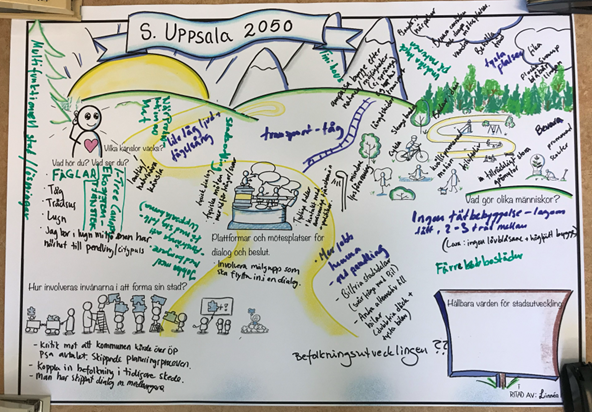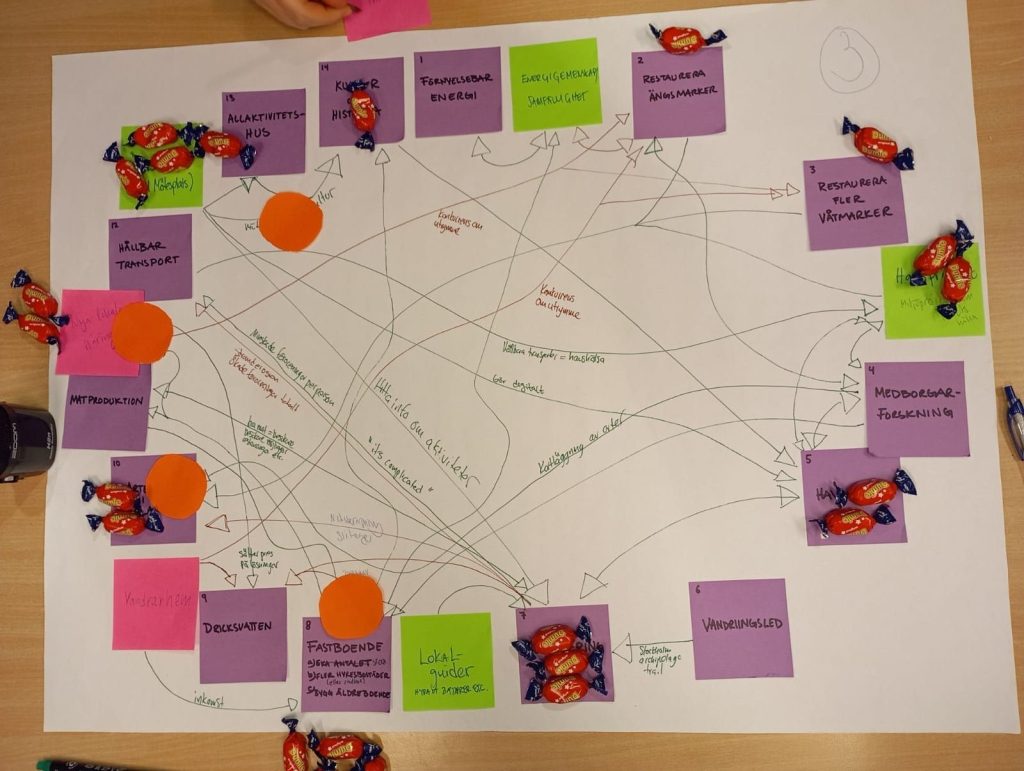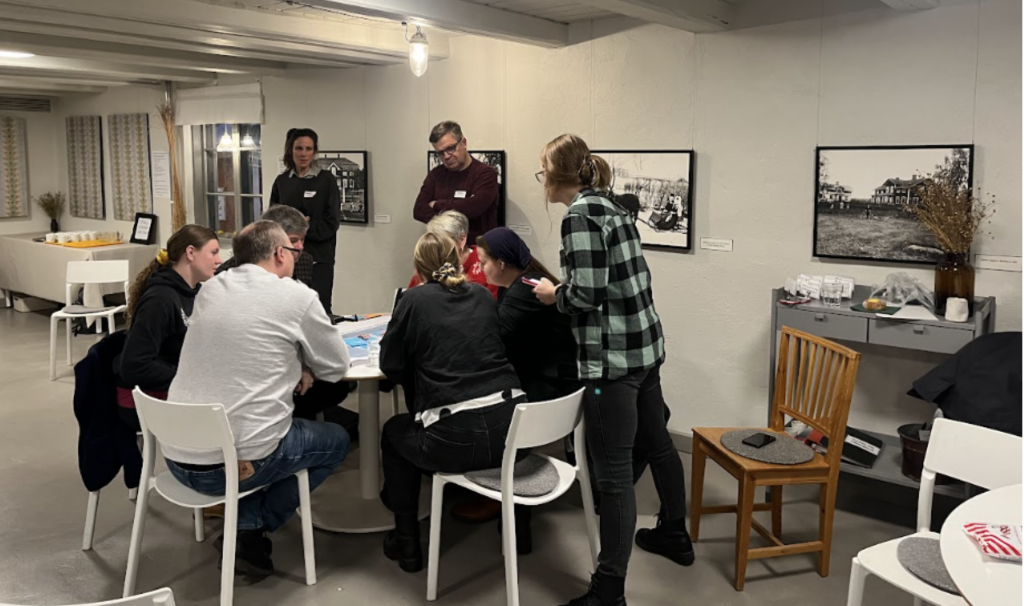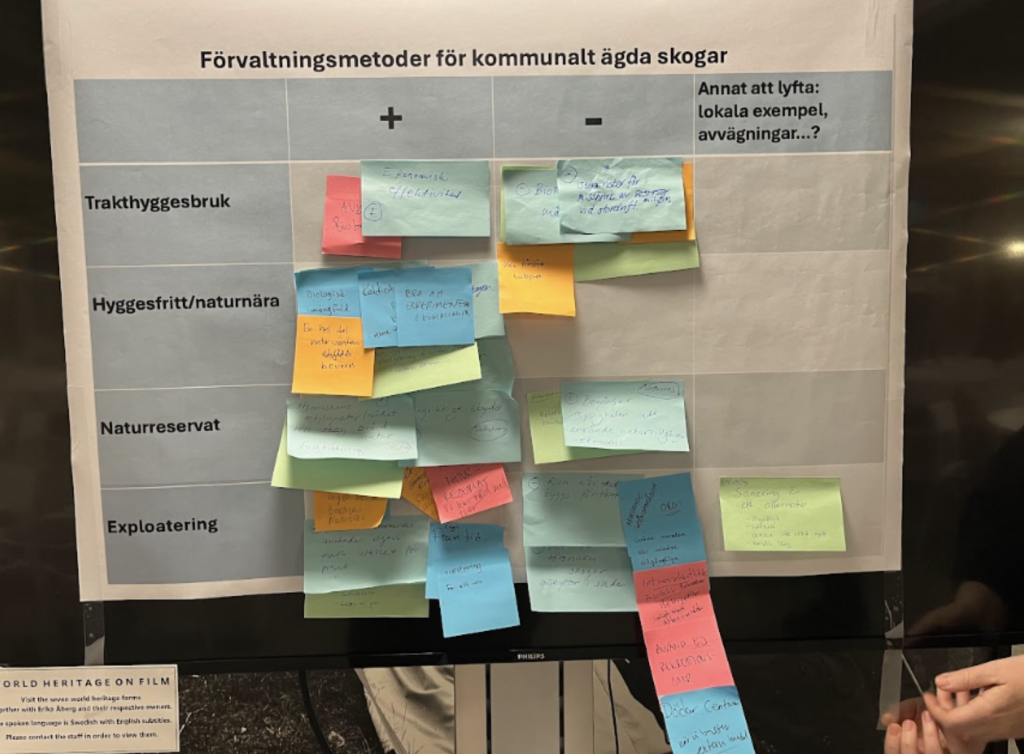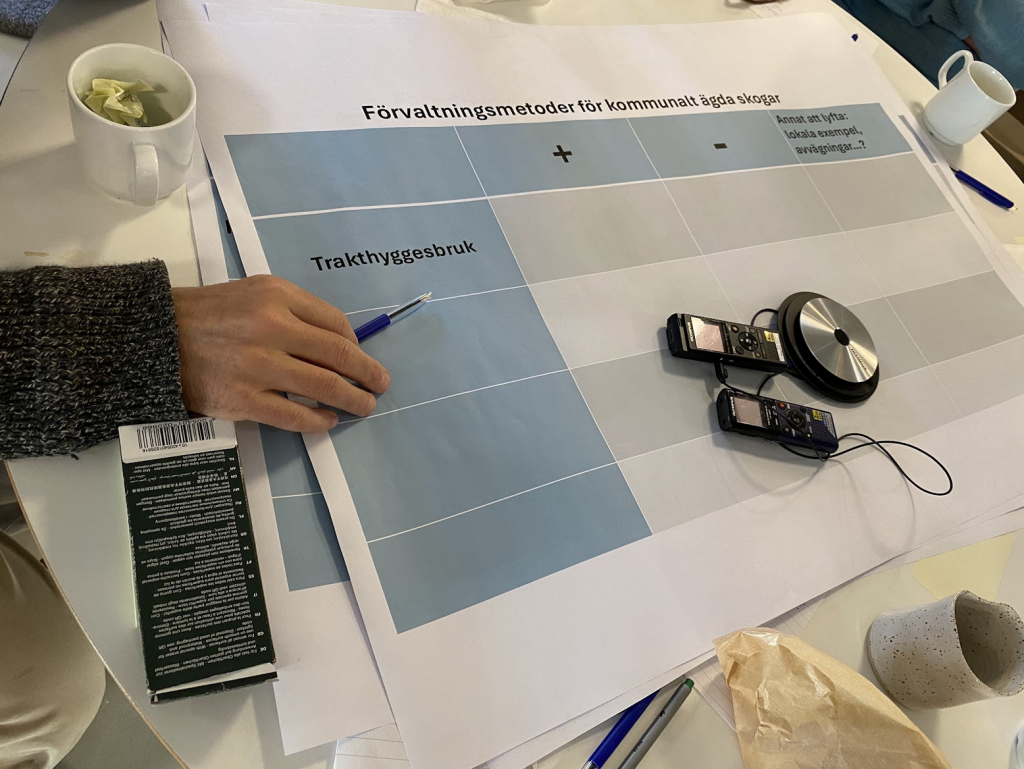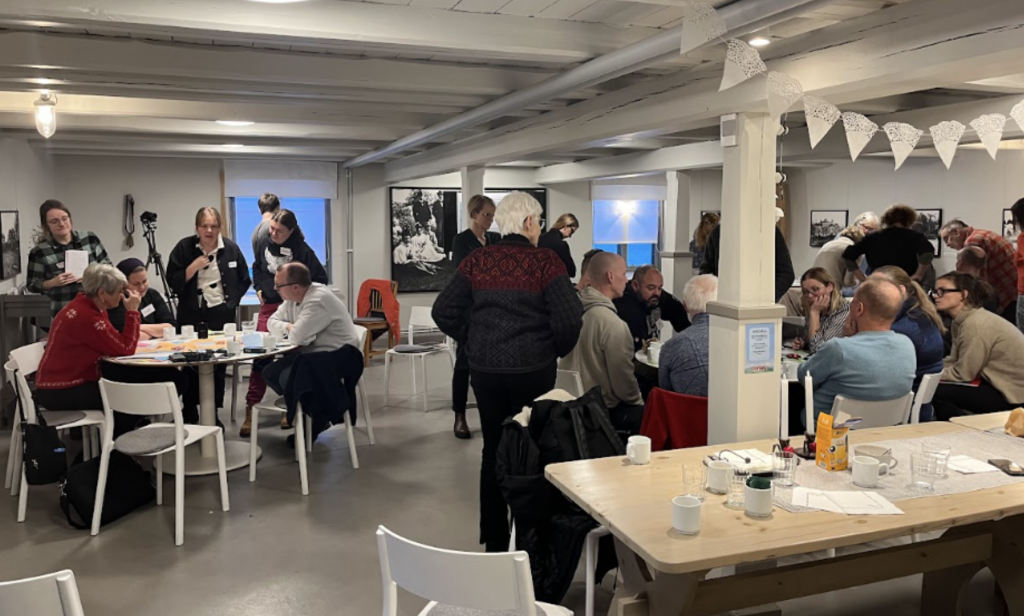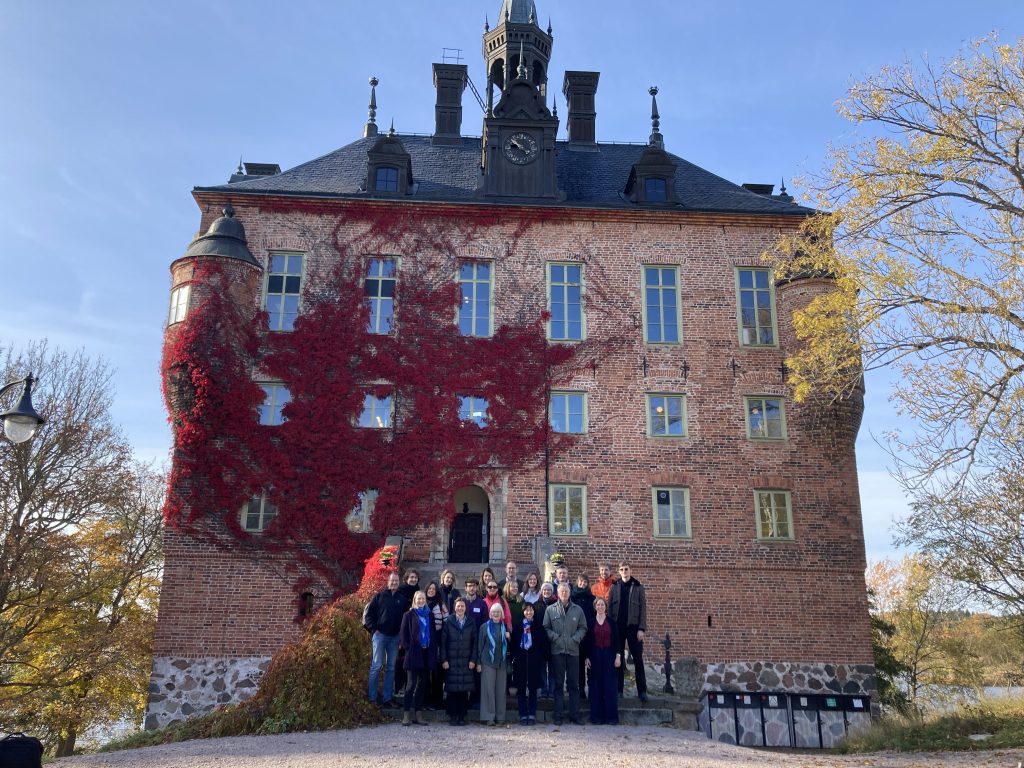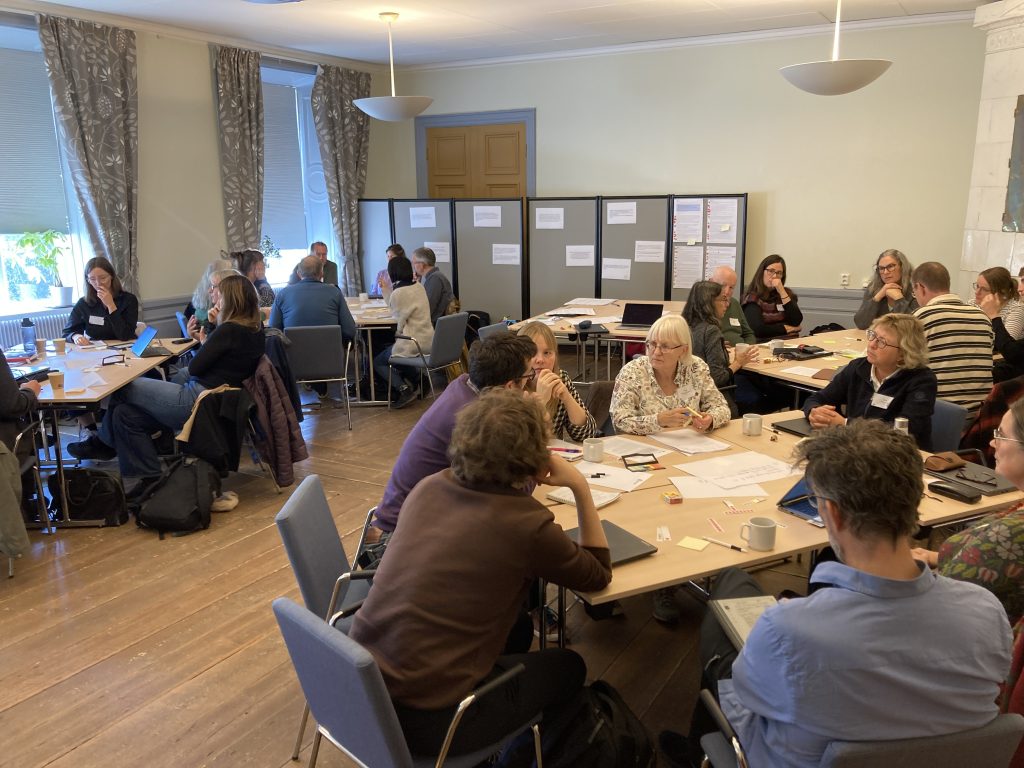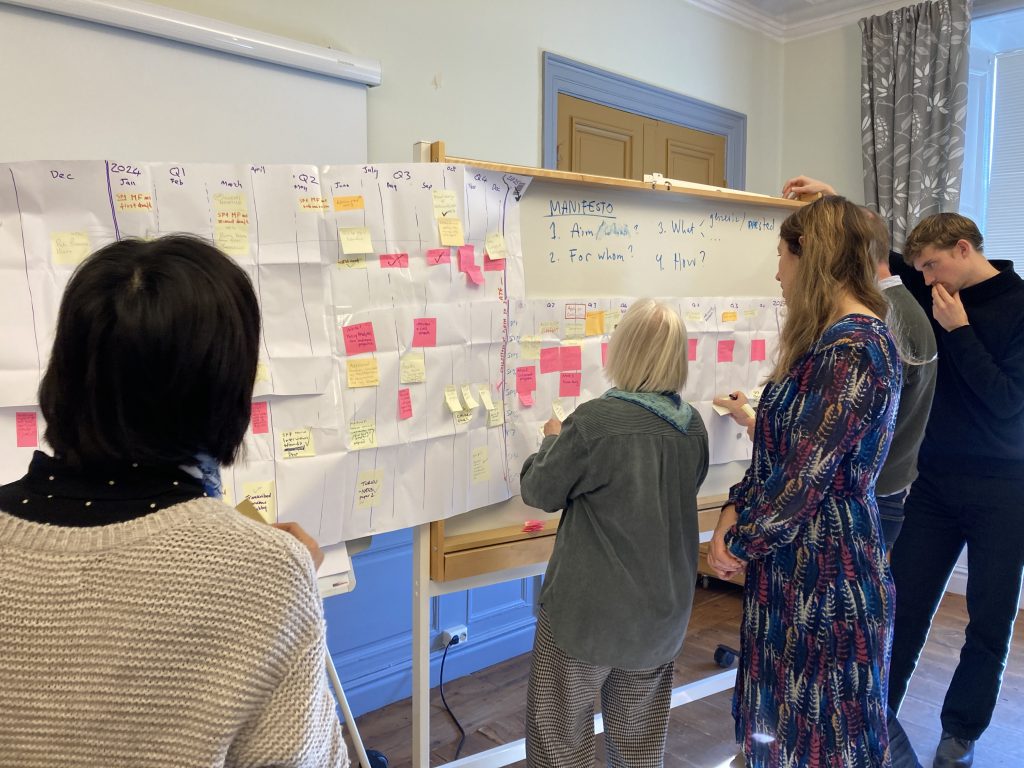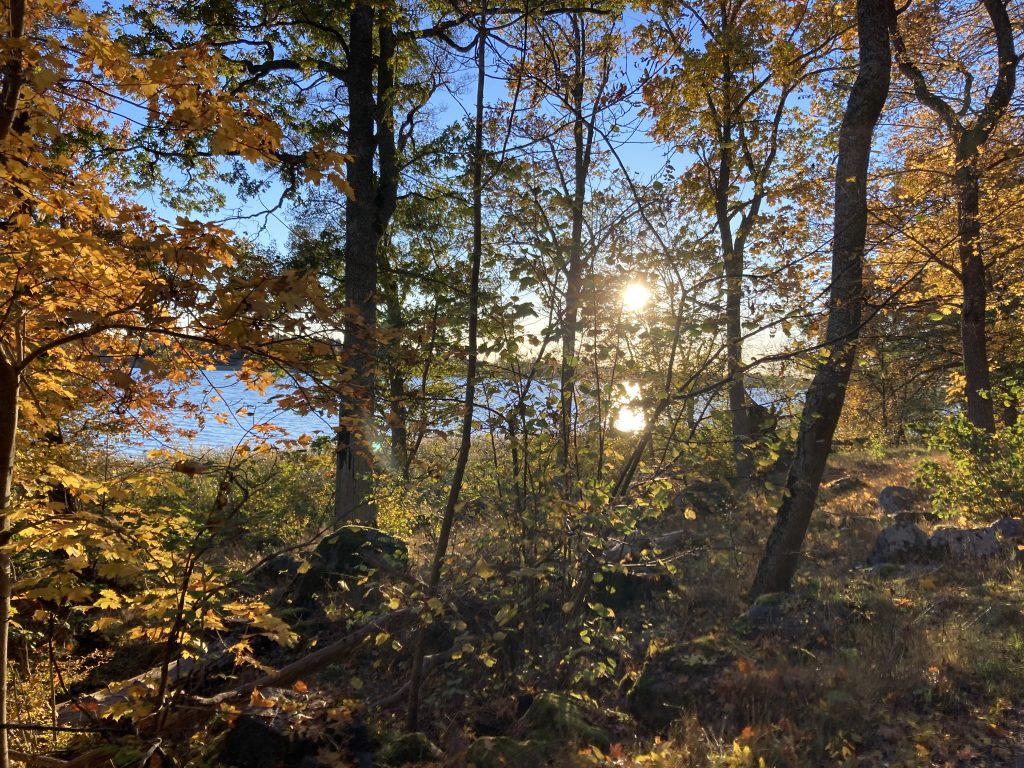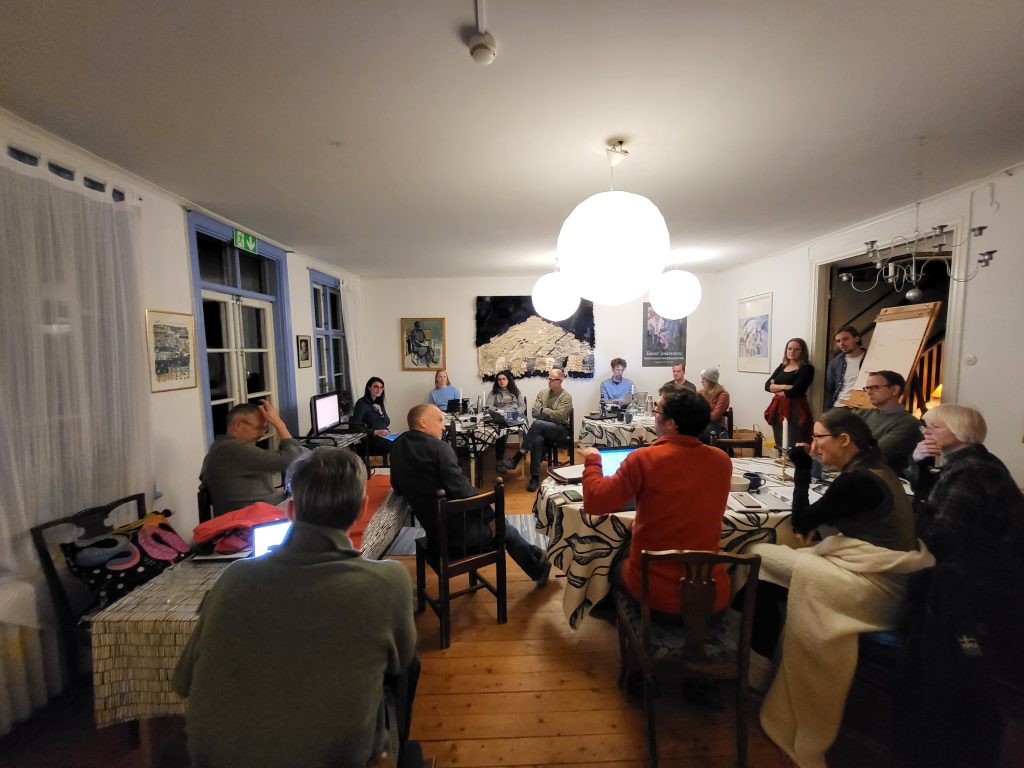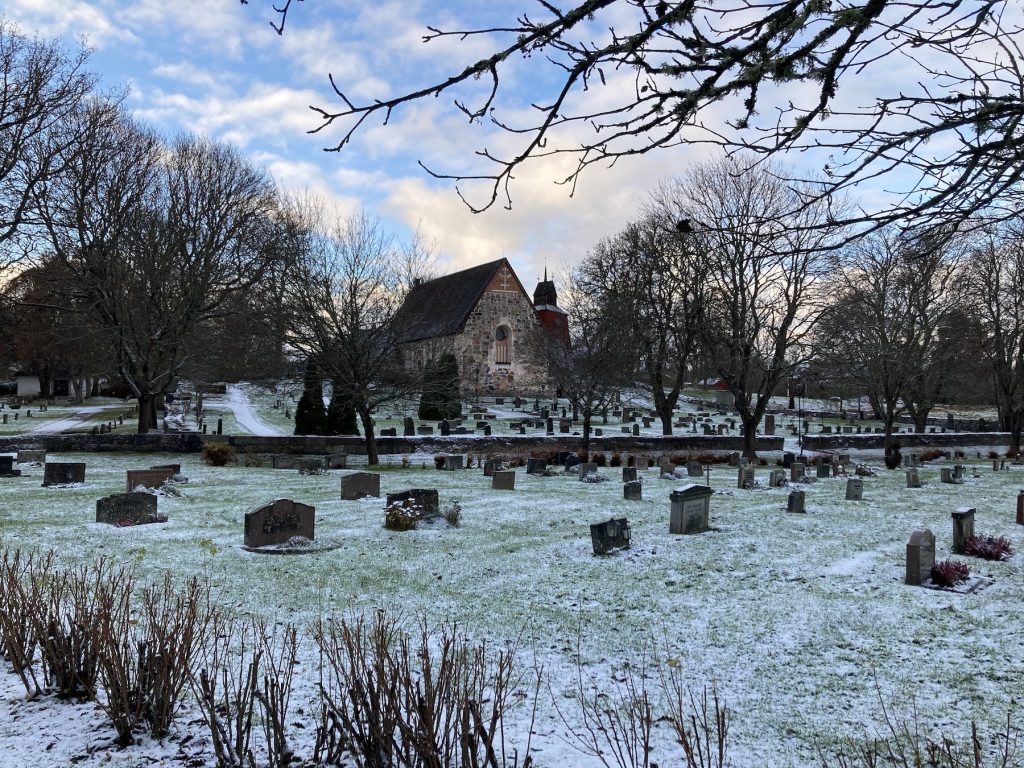Programme leader Malgorzata Blicharska (Gosia) is in Australia presenting LANDPATHS at two international conferences. While down under, she is also presenting work from the EU project NEXOGENESIS and Formas-funded project PUDDLE-JUMP, and promoting a new book.
First stop was Brisbane, for the 32nd International Congress for Conservation Biology 2025, hosted by the Society for Conservation Biology. Gosia presented the paper ‘Multiple understandings of multifunctional landscapes supporting biodiversity in Sweden’, co-authored with several members of the LANDPATHS team. The paper was presented in a session on Conservation Law and Policy, moderated by Helene Marsh (James Cook University).
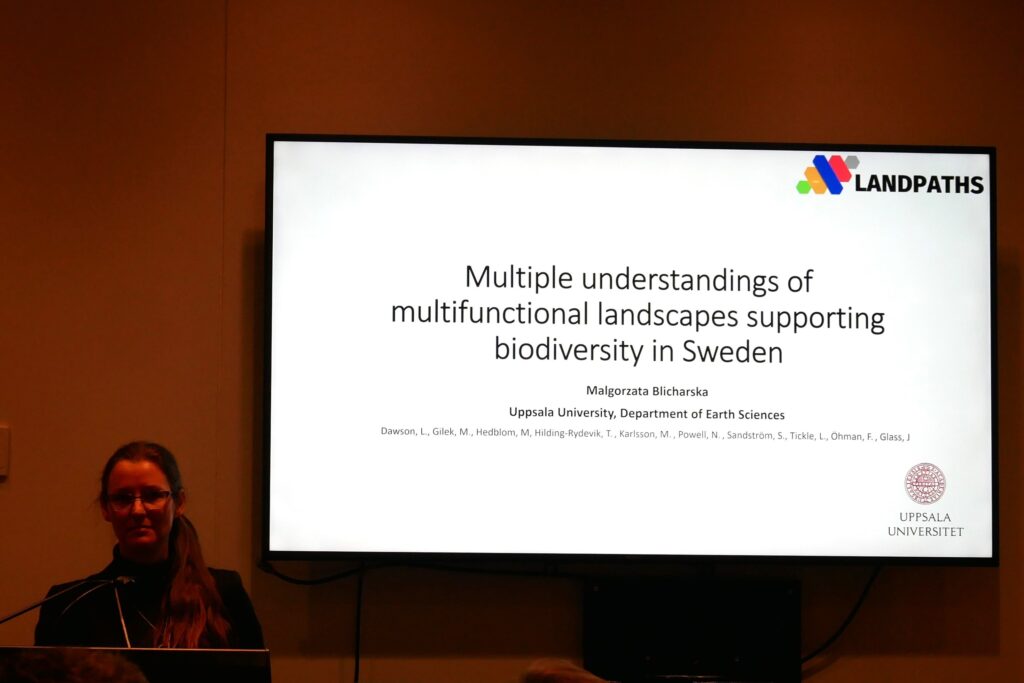
While at ICCB, Gosia presented a poster on ‘Aligning policies and practice: addressing governance and capacity gaps in the implementation of ponds and wetlands in Sweden (results from the PUDDLE-JUMP project). She also organised a symposium on ‘Large and Old Trees – Ecological and Cultural Significance’. This is linked to an book on Large and Old Trees that Gosia is editing and which will be published soon. The symposium included presentations on: The decline of large old trees: threats, interactions, and conservation actions (Elle Bowd), Public safety considerations constraint the conservation of large old trees and their microhabitats (Arkadiusz Frohlich); The importance of large and old trees for fungi and fungi for large and old trees (Elle Bowd); and Writing the Jōmon Sugi: Literary Representations of Japan’s Most Famous Tree (Jon L. Pitt).
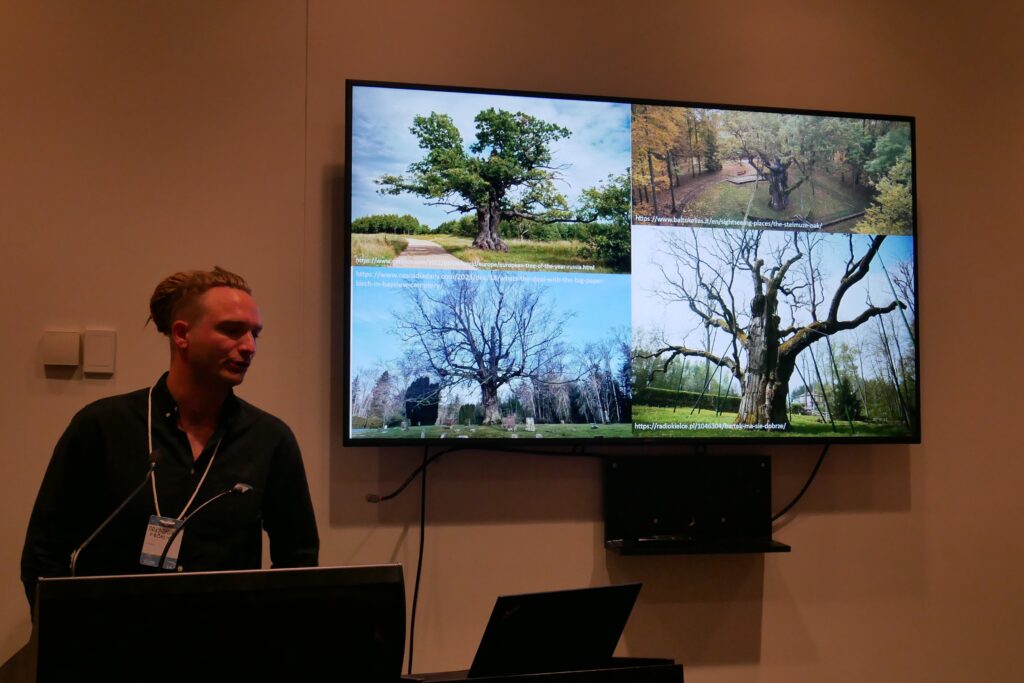
The LANDPATHS paper was also presented at the 11th Ecosystem Services Partnership World Conference in Darwin. The conference theme was ‘From global to local ecosystem services: pathways to Nature-based Solutions inspired from Down Under’ and the LANDPATHS findings were discussed in a session on ‘Importance of Nature-based Solutions (NbS) in sustainable development of rural communities: livelihoods, biodiversity conservation, and nonmaterial values’.
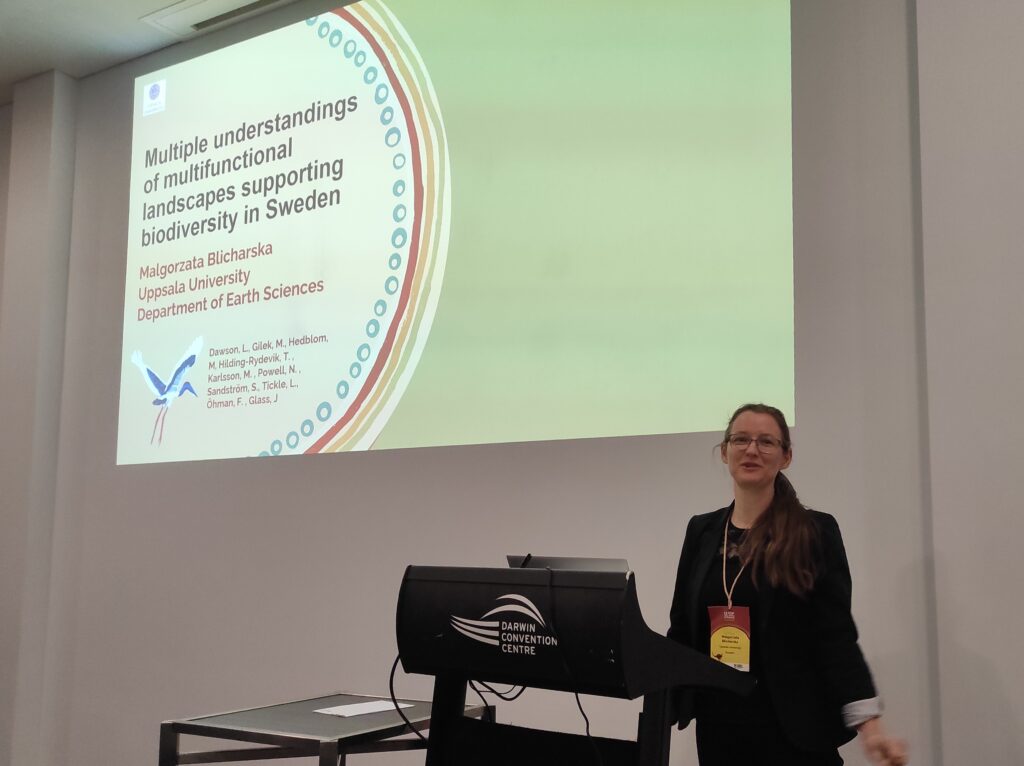
While at the ESP conference, Gosia also presented a poster about ‘Bridging Science and Policy: Integrating Ecosystems into the Water-Energy-Food
Nexus for Sustainable Resource Management (from the EU NEXOGENESIS project).
It was not all work though, and Gosia managed some fantastic trips out into the Australian nature during her trip.
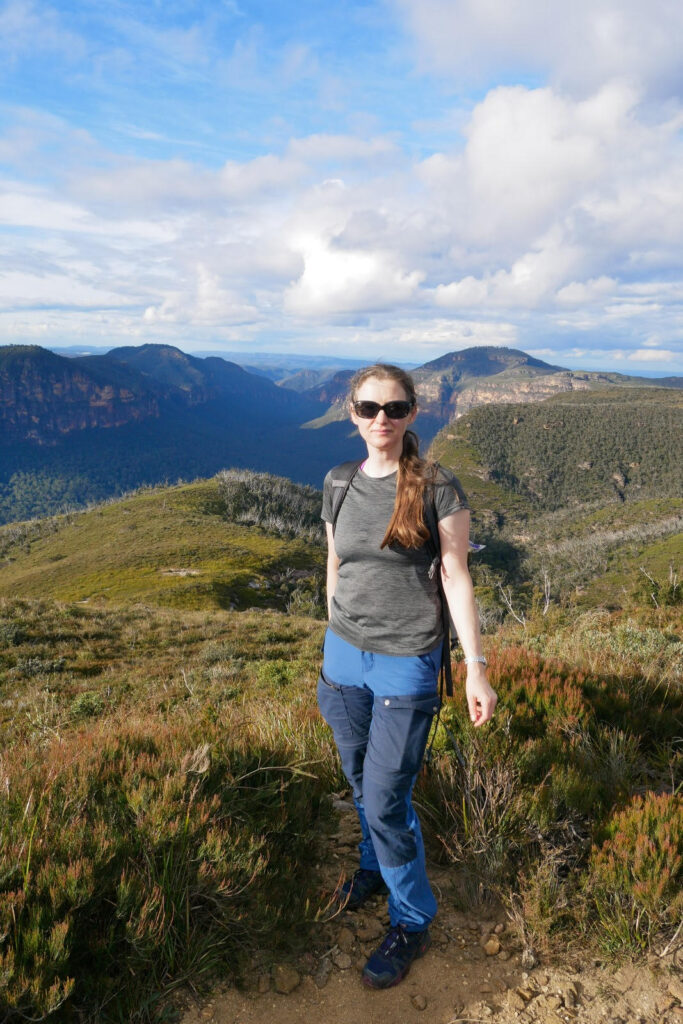
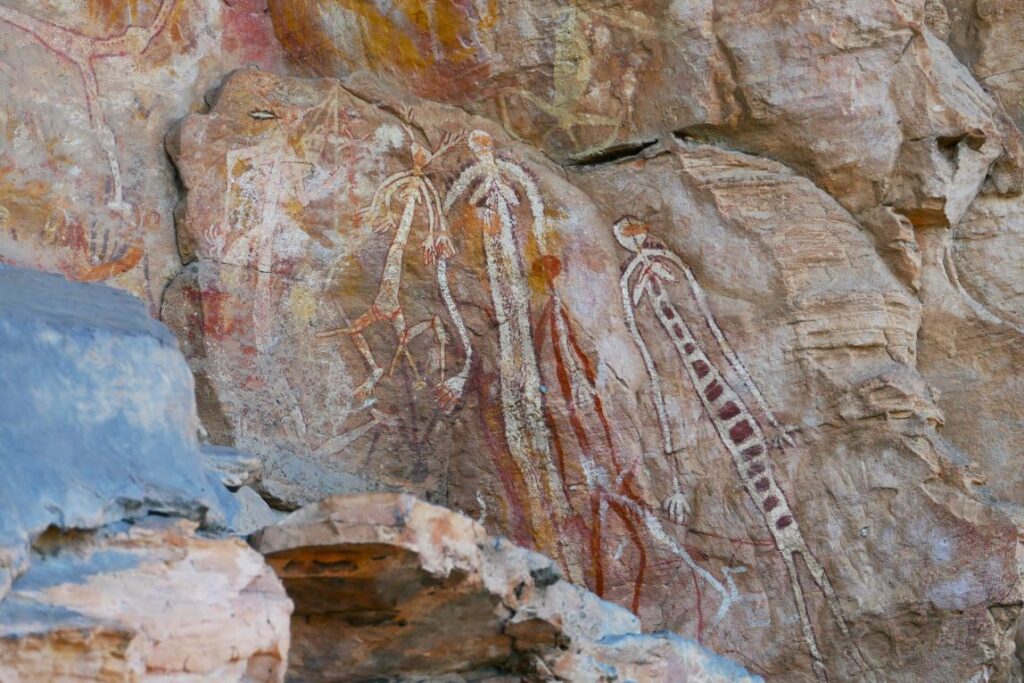
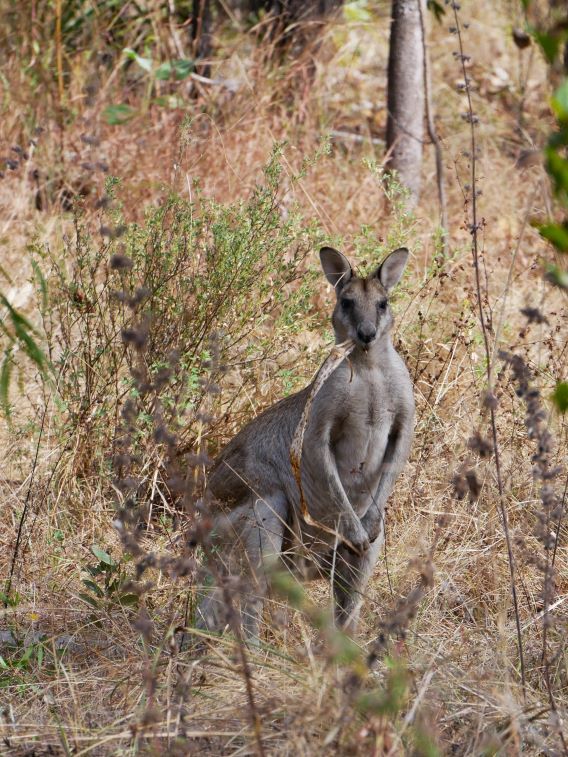
The LANDPATHS article presented at the conferences is currently under review in Journal of Environmental Planning and Management:
Blicharska, M., Dawson, L., Gilek, M., Hedblom, M., Hilding-Rydevik, T., Karlsson, M., Powell, N., Sandström, S., Tickle, L., Öhman, F., Glass, J. “Multifunctional landscapes – an overview of the concept in research and practice in Sweden”.

